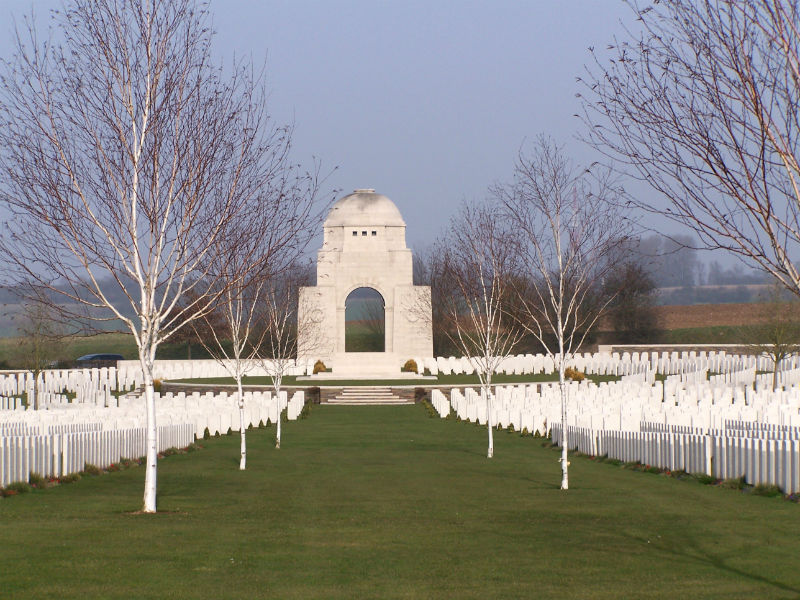- See Henry Thomas Rodwell’s entry on the Board of Trade’s Ancestry public tree.
- This information updates the group’s previous research published on the former DTI website (now archived by the National Archives).
- Do you have any more information about Henry Thomas Rodwell? If so the War Memorial Research Group would love to hear from you
Name recorded on Board of Trade Memorial: H. T. Rodwell
Born: December 1892, Pimlico, London, England
Date of Death: 11 May 1916
Age at death: 22
Service, Regiment, Corps, etc: London Regiment
Unit, Ship, etc: 18th Battalion (London Irish Rifles)
Enlisted: Chelsea
Rank: Lance Corporal (Service No: 1101)
Decorations: WW1 Service Medals (Victory Medal, British War Medal and 1915 Star
War (and theatre): WW1 (France and Flanders)
Manner of Death: Killed in Action (KIA)
Family Details: Son of Henry and Alice Rodwell, 30 Glamorgan Street, Pimlico
Residence: Pimlico
Home Department: Board of Trade – Labour Department (London & South Eastern Division)
Civilian Rank:
Cemetery or Memorial: Cabaret-Rouge British Cemetery, Souchez (III.F.4); Board of Trade War Memorial; Memorial to the Staff of the Ministry of Labour, Caxton House, Tothill Street, London; War Memorial Panel, St Gabriel’s Church, Warwick Square, Pimlico, London; Irish National War Memorial Gardens and Ireland’s Memorial Records 1914-1918
Biography:
Henry Thomas Rodwell was born in about November or December 1892. A record dated 23 December 1892 marks his baptism. His parents are living at the time at 8 Waterloo Retreat, Clapham. His father was also called Henry Thomas Rodwell (1865-1926) and his mother was Alice Mary Ann Ellenor (1861-1943). He had three sisters – Florence Rodwell (1888-1892), Rose Emily Rodwell (1889-1893) and Dorothy May Rodwell (1898-1980) and two brothers – Frank William Rodwell (1895-1962) and Joseph Ernest Rodwell (1901-1901). His father worked as a servant or waiter at a club.
In the 1901 census, the Rodwell family are living at 30 Havon Street in London. The younger Henry is aged 7 years old. Ten years later, the Rodwell’s are living at 30 Glamorgan Street, Pimlico. 3 of their children have sadly died but Henry is now 17 and working as a Clerk.
Its possible that he is already working for the Board of Trade (part of the Labour Department (London and South Eastern Division) by the time of the 1911 census, but his employer is not listed.
During WW1, Henry enlisted to serve as a Private in the 18th Battalion (London Irish Rifles). He gained the rank of Lance Corporal. The London Irish Rifles were a Territorial Force unit who were based at the Duke of York’s Headquarters, King’s Road, Chelsea. At the start of the war on 4 August 1914, they were originally part of the 5th London Brigade, 2nd London Division and had just arrived at their annual summer camp on Salisbury Plain. They were immediately recalled and mobilised to serve overseas and had further training in the St Albans area.
Thanks to Henry’s surviving WW1 medal card we know that he first served overseas in France from 9 March 1915, landing at Le Havre. They were only the second division to arrive in France.
In 1915, the battalion saw action at the Battle of Aubers Ridge, the Battle of Festubert, the Battle of Loos and the subsequent Actions of the Hohenzollern Redoubt. In 1916 they fought against the German attack at Vimy Ridge.
Accodring to the London WW1 War Memorial website, “between 8 May and 14 May, 1916, the 18th Battalion, (London Irish Rifles) were part of the 141st Brigade, 47th Division, were in the line at Carency just to the north of Arras. There were three mine craters in the line and on 9 May another mine was blown. However, heavy mortar and shell fire which was immediately brought into action by the enemy and strong flanking fire prevented 18th London from gaining possession of the new crater. The pressure from the enemy continued the next day when bombing attacks were launched on the British trenches and a fierce artillery duel that lasted many hours followed. For the next four days, until relieved, 18th London remained under fire in these shell battered trenches”. Henry died during this period of fighting.
Henry is buried in France at Cabaret-Rouge British Cemetery which is just south of Souchez. The cemetery is the location of over 7,650 WW1 burials but over half of these burials remain unidentified. The cemetery was named after a small, red-bricked, red-tiled cafe located nearby that was destroyed by shellfire in March 1915. The first burials date back to March 1916.
Henry is also remembered by two Civil Service War Memorials in London – the Board of Trade War Memorial and the Memorial to the Staff of the Ministry of Labour.


In the Pimlico area of London, where Henry was born and grew up, he is remembered on a timber triptych panel located inside St Gabriel’s Church, Warwick Street, Pimlico. The memorial was originally placed outside the church but was re-located to the north porch in 1928.
As a soldier in the London Irish Rifles, Henry’s sacrifice is commemorated in Islandbridge, Dublin by the Irish National War Memorial Gardens, which was designed by Sir Edwin Lutyens and built in memory of the 49,400 Irishmen who gave their lives during WW1. The name of every single soldier is contained inside the granite bookrooms in sumptuously illustrated manuscripts in “Ireland’s Memorial Records 1914-1918” designed by the famous graphic artist and illustrator Harry Clarke (1889-1931). The garden is a beautiful place of architectural interest and is one of the most famous memorial gardens in Europe with extensive trees, rose gardens and herbaceous borders.
